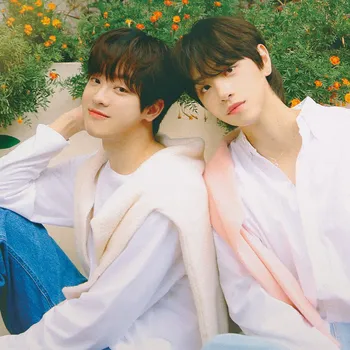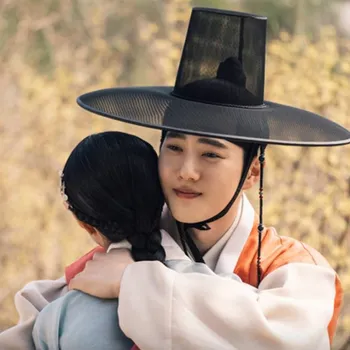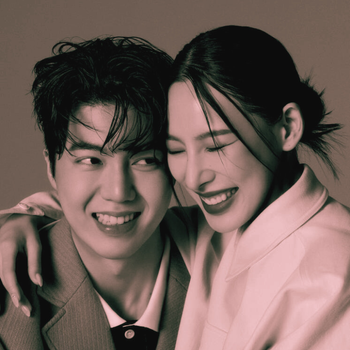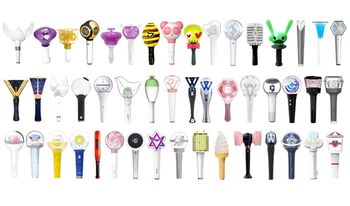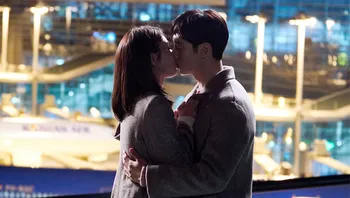
Seoul Fashion Week Official Instagram
Fashion is a global tapestry woven from the threads of countless cultures and countries. Each nation has contributed its unique style and flair to the world of fashion.
Belgium has left its mark with innovations such as the iconic tabby boots. The British have defined a plethora of patterns and textiles, from tartan to tweed. Japan has been a powerhouse in both avant-garde fashion and cutting-edge streetwear. American fashion is deeply influenced by the rugged, iconic cowboy aesthetic, while India has contributed the tie-dye method, known as Bandhani, which has significantly influenced modern fashion with its vibrant colors and intricate patterns. China, being the first to use silk fabric in fashion, has enriched the global fashion scene with its luxurious and versatile material that remains a cornerstone in both traditional and contemporary designs. France, on the other hand, has given the world haute couture, exemplifying the highest standards of custom-fitted clothing and craftsmanship, with legendary fashion houses.
In the midst of these well-established fashion influences, Korean fashion has often been seen as lacking a distinctly Korean identity, heavily influenced by Japanese and American styles. However, this perception is rapidly changing. Korean designers are now emerging with unique voices that reflect the rich cultural heritage of Korea.
To truly appreciate modern Korean fashion, it's important to briefly explore its history. Starting from the Joseon Dynasty, when Confucianism peaked in Korea, is crucial for understanding the cultural influences that have shaped
Enjoy full access for just $1
Join over 10,000 active members!
🌟 Special Contents for Subscribers

